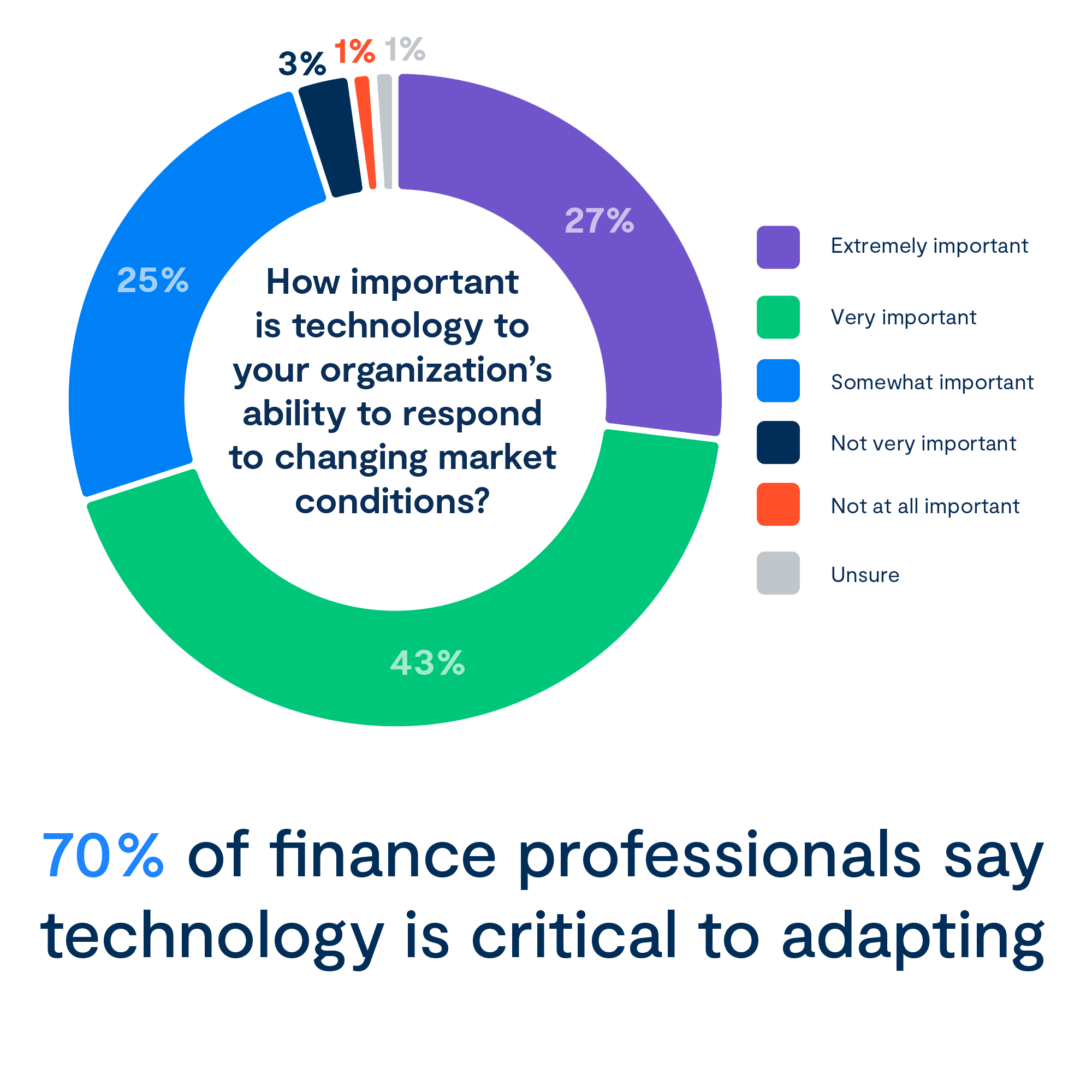Technology has reshaped the finance function and is creating more partnering opportunities for technology and financial leaders. In a survey from Robert Half Management Resources and Robert Half Technology, 51 percent of chief financial officers (CFOs) said they are collaborating more frequently with their company’s chief information officer (CIO) today versus three years ago. Only 7 percent of respondents reported working with their IT counterpart less often.
CFOs were asked, “Compared to three years ago, how frequently are you collaborating with your company’s chief information officer or top IT manager?” Their responses:
|
Much more |
17% |
|
Somewhat more |
34% |
|
No difference |
42% |
|
Somewhat less |
5% |
|
Much less |
2% |
|
100% |
“Modern finance is enabled by technology, and without it an organization can quickly fall behind,” said Tim Hird, executive director for Robert Half Management Resources. “One of the great benefits of IT advancements for the accounting and finance functions is increased automation and data analysis, which help professionals better serve as strategic business partners for their companies.”
John Reed, senior executive director for Robert Half Technology, added that expanding CFO-CIO relationships are indicative of a larger trend of cross-functional partnerships. “Technology initiatives affect nearly every business unit within organizations today,” he said. “Teams that make it a priority to focus on collaboration help pave the way for smoother integration of new systems and processes.”
Following are six ways business leaders can improve interdepartmental collaboration:
- Encourage a companywide view. Provide opportunities, such as meetings with guest speakers from other departments and mentoring programs, to help new and tenured staff stay current on issues affecting different areas of the company.
- Communicate priorities. Use consistent messaging throughout the organization about the company’s opportunities, challenges and goals.
- Speak a shared language. When detailing objectives and challenges, use common terms. Skip acronyms and industry jargon that only some individuals will understand.
- Extend the invitation. Include other departments in group outings. Team-building activities help people build rapport.
- Seek an outside view. Consider working with a consultant who can provide an objective perspective of your firm’s strengths and weaknesses and offer best practices for improving collaboration.
- Celebrate as a group. When a project goes well, reward the entire team. Praise the individuals involved, and call out specific instances of the group working together that led to the success.
The survey was developed by Robert Half Management Resources and Robert Half Technology, and conducted by an independent research firm. It is based on telephone interviews with more than 2,200 CFOs from a stratified random sample of companies in more than 20 of the largest U.S. metropolitan areas.
Thanks for reading CPA Practice Advisor!
Subscribe Already registered? Log In
Need more information? Read the FAQs
Tags: Accounting, Firm Management




